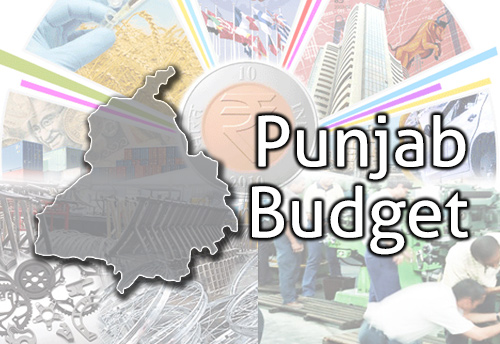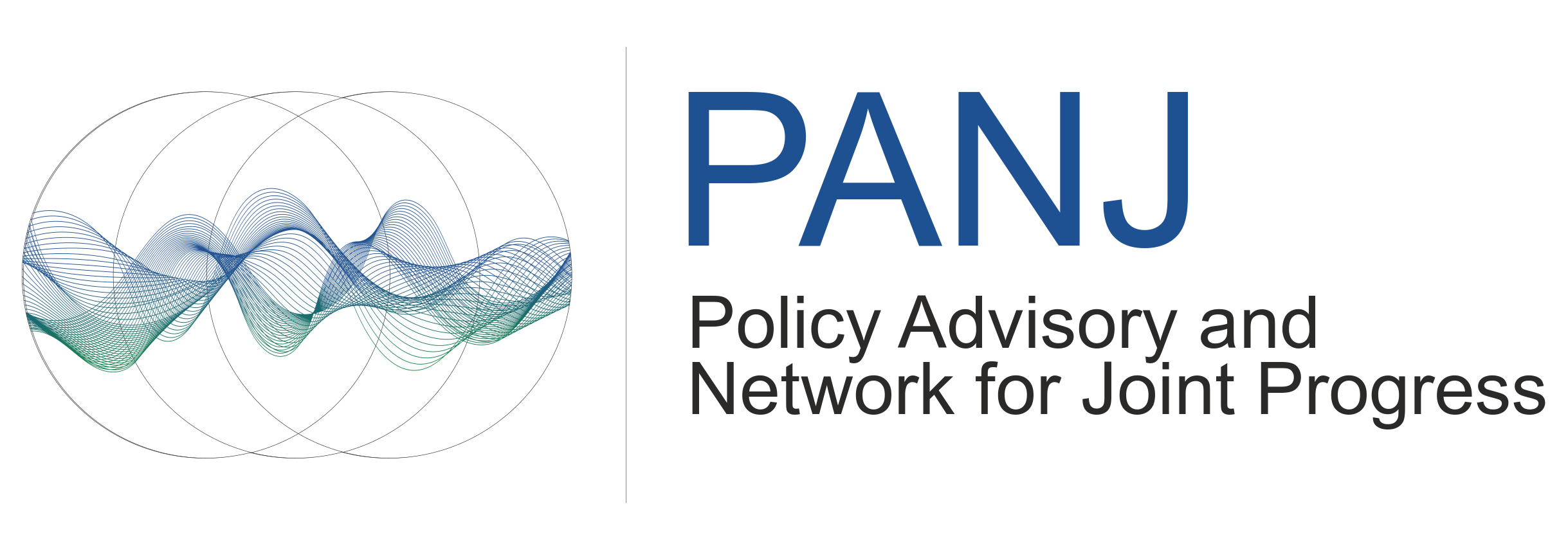Originally published in Moneycontrol

Despite a vision document spelling out the precarious situation of the present and enlisting the steps needed to become a Developed Punjab by 2047, Budget 2023-24 failed to stick to the path of fiscal consolidation, and instead cut back on much needed expenditure needed to sustain human capital, industry and infrastructure
In his address during the Indian Economic Summit in 2005, former PM Manmohan Singh posited that the impediments to India’s economic expansion were no longer external but predominantly internal. It is in this context, that a review of state-level commitments for future growth becomes crucial in the case of Punjab, historically celebrated as a pioneer state; but, in recent years, has experienced an undeniable erosion of its once preeminent status.
A sectoral analysis of the budgetary commitments for financial year 2023-24, the state’s economic survey, and the Vision 2047 document tells us that Punjab might not be doing enough to align the state’s present with its future.
Sidestepping Fiscal Consolidation
An analysis of the fiscal profile of the state apprises us of visible gaps between state commitments and future aspirations. Vision 2047 describes the precarious situation of the state marked with mounting debt and an increasing fiscal deficit. To correct this state of affairs, Punjab aims to cut down the state revenue expenditure to less than 60 percent (Vision 2047).
Ironically, the state numbers do not indicate a similar trajectory. Clamping down on subsidies is one critical way of improving fiscal health. However,the amount allocated for power subsidies in the state saw a 143 percent increase under the revised estimates for FY 2022-23 as compared to budget estimate FY 2023-24. Similarly, for rice seeing subsidies, revised estimates for FY 2022-23–pegged at Rs 26.71 crore saw an increase to Rs 63 crore under the budget estimates for FY 2023-24.
A crucial step to reducing the revenue expenditure is revising the ‘agriculture-first’ approach. Punjab’s finance minister committed to bringing down the agriculture sector’s contribution to 16 percent by 2047. However, the agriculture sector continues to be a dominant contributor in the state’s GSDP (28.94 percent) as opposed to the national average of 18.11 percent. Research and development in agriculture is essential to make a shift to sustainable agriculture and subsequently, reduce the sector’s contribution to the state GSDP.
Undervalued Welfarism
The budget had a reaffirmation of the government’s commitment towards the health and education sectors. However, the vision displayed in the budget speech does not meet the financial allocations. For the fiscal year 2023-24, the allotment to education by the Punjab government was constrained to a paltry 3.1 percent of its total expenditure, as against an all-india average of 14.8 percent.
The educational paradox in primary and secondary education is further accentuated by the diminishing allocation to tertiary education. Hence, a low transition rate to higher education levels has further developed a skill gap of 3 million persons in 2022.
Another social sector—health—saw an allocation of 4.2 percent of the total government expenditure, starkly diminished by the prior year’s national average(6.3 percent). This heralds significant concerns amidst an accelerating demographic transition towards an aged populace projected to constitute 18.3 percent of Punjab’s demographic composition by 2036.
This elderly demographic of the state is slated to exceed the national average by three percentage points, precipitating a dual-faceted challenge of–a declining workforce and high dependency ratios.
The Two I’s – Industry, Infrastructure
The industrial sector’s current contribution is 25 percent to the state GSDP, surpassing the national average of 24 percent. In FY23, the state government earmarked an allocation of Rs. 3,700 crore to industrial development. However, a considerable portion of this was diverted towards power subsidies and fiscal inducements.
A critical component for industrial development is infrastructural growth. Punjab has long been at the forefront of infrastructural investment in India. Even as Punjab’s budgetary allocations suggest a favourable position relative to its peers, a closer analysis reveals notable discrepancies in the implementation of infrastructural projects.
These disparities suggest inefficiencies in the utilisation and deployment of resources, which undermine the state’s infrastructure agenda. A case in point is the state’s Information and Communication Technology (ICT) infrastructure. While PAWAN has managed to extend its services to only about 860 government offices, SUWIDHA has failed to fully penetrate the sub-tehsil levels in the backward districts .
Furthermore, the Punjab Infrastructure Development Board (PIDB), claiming an 11 percent growth in budget allotment over the past five years is also marked with entrustment issues by the Comptroller and Auditor General (CAG) report.
As we venture closer to the pivotal year of 2047, Punjab is at a crucial crossroad, necessitating a thoughtful examination of how government policies can sculpt the state’s economic landscape and foster growth. The journey towards structural reform and sustainable advancement calls for a fresh paradigm of public policy and a reshaping of strategic focuses.
With the upcoming budget session on the horizon, it is opportune for the Government of Punjab to contemplate the articulation of these progressive reforms. Embracing such a multifaceted approach could be instrumental in propelling Punjab towards its envisioned future, marked by prosperity and sustainability.
Sehaj Singh is a policy researcher and former LAMP fellow (2022-23), Anmol R Singh is an Assistant Professor at Sri Guru Gobind Singh College, Chandigarh, and Sirjan Kaur is a researcher at a public-policy institution.
